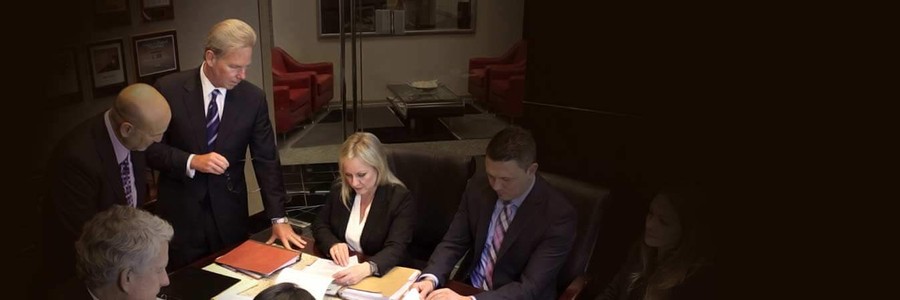GM Seat Belt Failure
When you're involved in an accident, you expect your seat belt to protect you and your passengers from serious injury. Many times, though, seat belts fail to keep occupants securely fastened in their seats. Seat belts are not supposed to release or become loose in accidents. This is the time when you need them the most. Unfortunately, seat belts fail all too often and people are seriously injured by being thrown from their vehicles.
When a seat belt fails to function, massive recalls can ensue. GM has recalled nearly 250,000 of their cars and trucks worldwide as of this original writing. Currently, they've recalled many more vehicles for seat belt failure issues including many individual recalls of 469K Chevy Malibus and 50K for seat belt cable issues. There have been reports by owners that the seat belts in the cars often fail to latch properly and leave the vehicle occupants unprotected.
The GM models involved in this recall are the 2009-2010 Chevy Travers, the Buick Enclove, the GMC Acadia, and the Saturn Outlook. Most of these vehicles were sold in the United States, but some were also sold in Mexico, Canada and overseas.
Latching Mechanism: False Sense of Security
When the seat back in these vehicles is returned to an upright position after being moved, the shifting of the seatback could damage the latching mechanism. This gives the seat belt the appearance of being latched when they actually are not. So far, GM is unaware of any specific incidents where the seat belts have failed to latch properly, resulting in injuries.
GM spokesperson, Alan Alder, said the plastic shield around the seat belt release button could be caught on the trim and not return the seat belt latch to its normal position after the seats have been folded flat. If enough force is applied when the seats are pushed back to their normal position, the shield around the release button could be pushed onto the button and make the seat belt malfunction.
Owners of affected GM vehicles will be notified by U.S. mail and told to make an appointment with their dealer to get the problem fixed. Mechanics will trim the shield to allow more space for the buckle to return to its normal position and stay clear of the seats.
More Safety Legislation is Needed
There have been numerous poorly designed seat belts installed in vehicles over the past several decades. The Federal Government and car makers both know that seat belts often fail to perform their necessary function of keeping passengers safely restrained. Yet, so far, no legislation has been enacted to require safer seat belts to be installed in cars, trucks, and SUVs.
Getting Legal Help
If you have been injured because your seat belt failed during an accident, you need experienced auto defect lawyers to work on your case. The attorneys at BISNAR CHASE have experienced lawyers who regularly win auto design defect claims.
